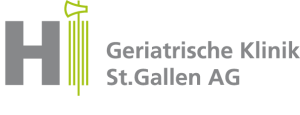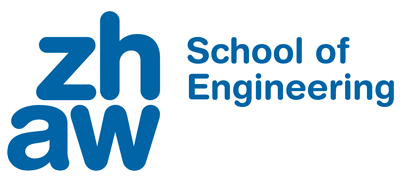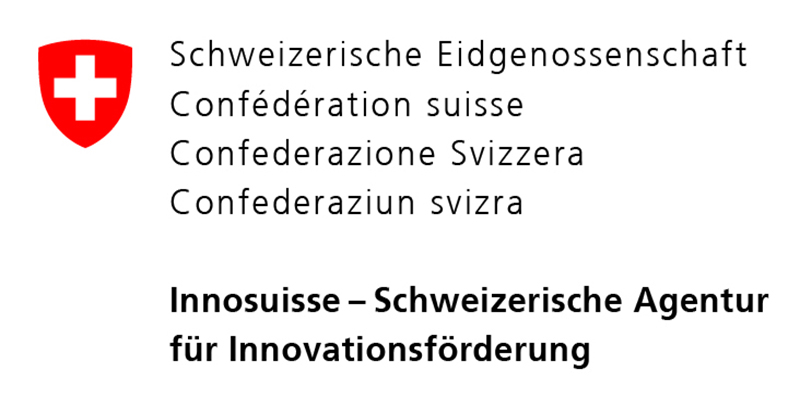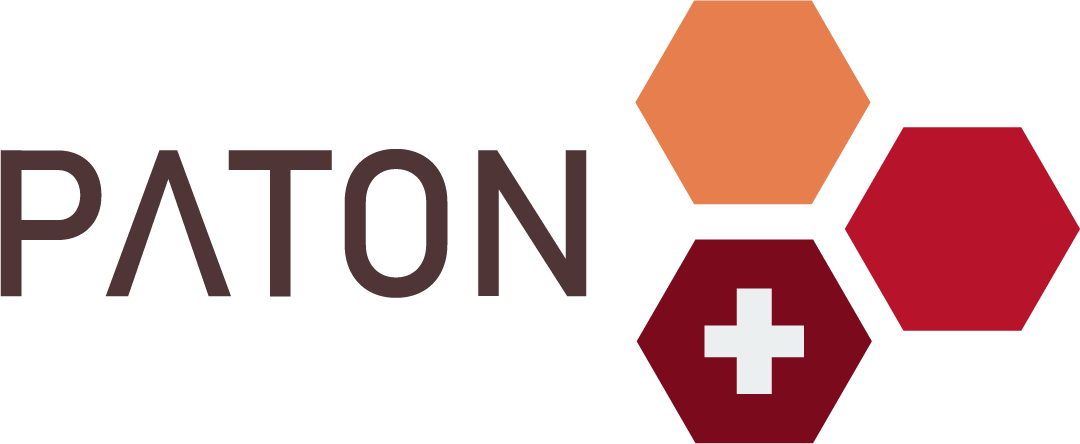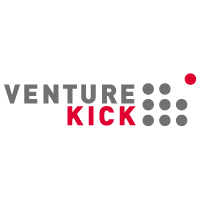1
Patient requests and staff qualifications usually do not match. This results in overqualified staff members providing care which leads to time inefficiencies. Or underqualified staff members having to inform someone qualified costing valuable minutes.
2
The patient’s room needs to be exited again to get necessary equipment or medication.
This results in idle time due to the walking back and forth between the patient’s room and the nurse’s station.
3
Nurse calls are being deployed accidently. But still, a staff member has check with the patient if everything is alright.
Further Challenges
Interrupting the workflow during a task requiring absolute concentration, leads to higher error rates.
Noise emissions caused by the nurse call ringing.
1
Patient requests and staff qualifications usually do not match. This results in overqualified staff members providing care which leads to time inefficiencies. Or underqualified staff members having to inform someone qualified costing valuable minutes.
2
The patient’s room needs to be exited again to get necessary equipment or medication.
This results in idle time due to the walking back and forth between the patient’s room and the nurse’s station.
3
Nurse calls are being deployed accidently. But still, a staff member has check with the patient if everything is alright.
Further Challenges
Interrupting the workflow during a task requiring absolute concentration, leads to higher error rates.
Noise emissions caused by the nurse call ringing.
1
Patient requests and staff qualifications usually do not match. This results in overqualified staff members providing care which leads to time inefficiencies. Or underqualified staff members having to inform someone qualified costing valuable minutes.
2
The patient’s room needs to be exited again to get necessary equipment or medication.
This results in idle time due to the walking back and forth between the patient’s room and the nurse’s station.
3
Nurse calls are being deployed accidently. But still, a staff member has check with the patient if everything is alright.
Further Challenges
Interrupting the workflow during a task requiring absolute concentration, leads to higher error rates.
Noise emissions caused by the nurse call ringing.
EC-Bell Client
Via the EC-Bell Client a patient can directly state their requests so that staff members instantly know what their patients’ needs are.
A tablet-based approach allows for a customisable interface to the patient’s individual affinity for newer technologies and mental capabilities. A more fit patient can directly state the request via pictograms while a less fit patient interacts on a simple interface with the coordinator over a video chat. No matter the configuration, there is always the possibility to use the video chat.
EC-Bell Dashboard
The EC-Bell Dashboard operated by a coordinator is the heart of the EC-Bell eco-system. It receives all the requests from patients sent via pictogram as well as the incoming video chats.
The coordinator will then relay each request to the responsible staff member with the fitting function. This allows the ideal matchmaking of requests with correctly qualified staff members resulting in a reduction of idle time.
EC-Bell Listener
Staff members on duty receive requests from their patients sent by the dashboard operator on their handheld running the EC-Bell Listener. Each request consists of a short summary of what the patient needs, where residing location and the time stamp. They are then asked to accept or deny their assigned requests.
Unnecessary time being spent walking back and forth to patients’ room is avoided since staff members exactly know what to bring in order to fulfil the patient’s need. It also helps staff members prioritize tasks.
EC-Bell Client
Via the EC-Bell Client a patient can directly state their requests so that staff members instantly know what their patients’ needs are.
A tablet-based approach allows for a customisable interface to the patient’s individual affinity for newer technologies and mental capabilities. A more fit patient can directly state the request via pictograms while a less fit patient interacts on a simple interface with the coordinator over a video chat. No matter the configuration, there is always the possibility to use the video chat.
EC-Bell Dashboard
The EC-Bell Dashboard operated by a coordinator is the heart of the EC-Bell eco-system. It receives all the requests from patients sent via pictogram as well as the incoming video chats.
The coordinator will then forward each request to the responsible staff member with the fitting function. This allows the ideal matchmaking of requests with correctly qualified staff members resulting in a reduction of idle time.
EC-Bell Listener
Staff members on duty receive requests from their patients sent by the dashboard operator on their handheld running the EC-Bell Listener. Each request consists of a short summary of what the patient needs, where residing location and the time stamp. They are then asked to accept or deny their assigned requests.
Unnecessary time being spent walking back and forth to patients’ room is avoided since staff members exactly know what to bring in order to fulfil the patient’s need. It also helps staff members prioritize tasks.
Supported by
Supported by
